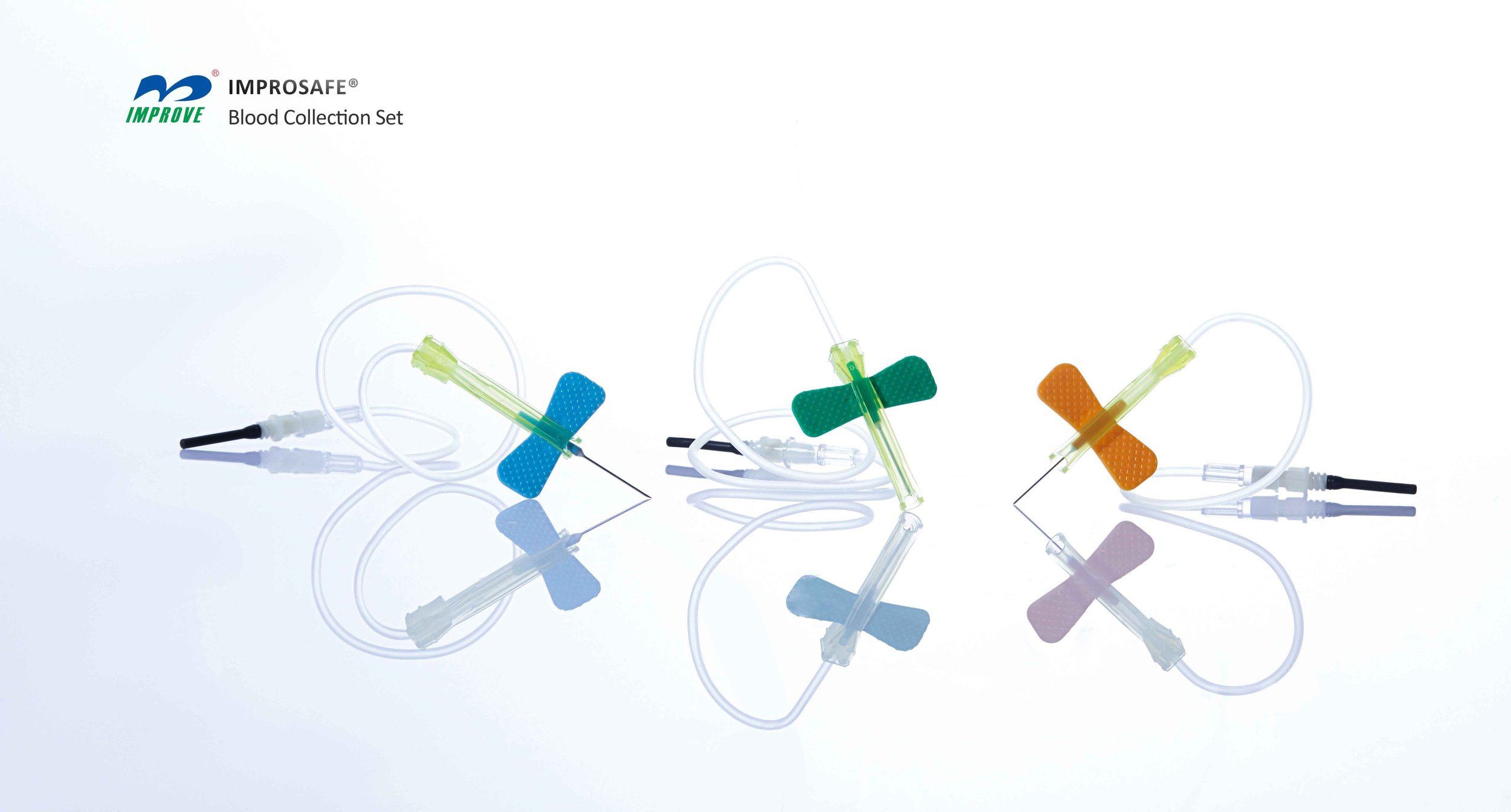Mitigating Risks in U.S.-China Trade Negotiations Impacting Medical Laboratory and Phlebotomy Equipment Supply Chain
Summary
- Changes in U.S.-China trade negotiations could impact the Supply Chain for medical laboratory and Phlebotomy Equipment in the United States by potentially disrupting the flow of imported materials and instruments essential for these facilities.
- Increased tariffs and trade tensions between the two countries may result in higher costs for medical lab and Phlebotomy Equipment, leading to financial strain on healthcare facilities and patients.
- Alternative sourcing and domestic production may be considered to mitigate the risks associated with international trade disputes and safeguard the Supply Chain for critical healthcare services.
Introduction
The United States has a complex healthcare system that relies on a diverse range of medical equipment and supplies to provide quality care to patients. Medical laboratories and phlebotomy facilities play a crucial role in diagnosing and monitoring diseases, requiring access to specialized instruments and tools. However, recent developments in U.S.-China trade negotiations have raised concerns about the potential impact on the Supply Chain for these essential components.
Challenges in the Supply Chain
The Supply Chain for medical laboratory and Phlebotomy Equipment primarily relies on imported materials and instruments, many of which are manufactured in China. Any disruptions in trade relations between the two countries can have significant implications for healthcare facilities in the United States. Some of the key challenges in the Supply Chain include:
Dependency on Chinese Suppliers
Many manufacturers of medical equipment and supplies have established production facilities in China to take advantage of lower labor costs and manufacturing capabilities. This has led to a heavy reliance on Chinese suppliers for essential components, making the Supply Chain vulnerable to trade disputes and tariffs.
Increased Costs
Changes in U.S.-China trade negotiations, such as the imposition of tariffs, can result in higher costs for imported medical laboratory and Phlebotomy Equipment. These additional expenses may be passed on to healthcare facilities and patients, leading to financial strain and potential disruptions in service delivery.
Uncertainty and Volatility
The ongoing trade tensions between the United States and China have created a sense of uncertainty and volatility in the market for medical equipment and supplies. Healthcare facilities must navigate shifting trade policies and Regulations, making long-term planning and procurement challenging.
Strategies to Mitigate Risks
In light of the challenges posed by changes in U.S.-China trade negotiations, healthcare facilities and manufacturers may consider implementing the following strategies to safeguard the Supply Chain for medical laboratory and Phlebotomy Equipment:
- Diversification of Suppliers: Healthcare facilities can reduce their dependency on Chinese suppliers by diversifying their sourcing strategies and exploring alternative markets. This may involve identifying new suppliers in countries with more stable trade relations with the United States.
- Domestic Production: In response to trade uncertainties, some manufacturers may consider shifting production back to the United States to reduce their exposure to international trade risks. Domestic production can also help support local economies and create jobs in the healthcare industry.
- Collaboration and Partnerships: Healthcare facilities, manufacturers, and government agencies can collaborate to address Supply Chain challenges collectively. By sharing information and resources, stakeholders can develop innovative solutions to ensure the availability of critical medical equipment and supplies.
- Investment in Technology: Advancements in technology, such as automation and digitalization, can enhance the efficiency and resilience of the Supply Chain for medical laboratory and Phlebotomy Equipment. Investing in smart manufacturing processes and Supply Chain management tools can help streamline operations and reduce dependency on manual labor.
Conclusion
The evolving landscape of U.S.-China trade negotiations presents unique challenges and opportunities for the Supply Chain of medical laboratory and Phlebotomy Equipment in the United States. Healthcare facilities and manufacturers must proactively address these challenges by diversifying their sourcing strategies, exploring domestic production options, fostering collaboration, and leveraging technology. By taking these proactive steps, stakeholders can ensure the continued availability of essential healthcare services and contribute to a more resilient and sustainable healthcare system.

Disclaimer: The content provided on this blog is for informational purposes only, reflecting the personal opinions and insights of the author(s) on the topics. The information provided should not be used for diagnosing or treating a health problem or disease, and those seeking personal medical advice should consult with a licensed physician. Always seek the advice of your doctor or other qualified health provider regarding a medical condition. Never disregard professional medical advice or delay in seeking it because of something you have read on this website. If you think you may have a medical emergency, call 911 or go to the nearest emergency room immediately. No physician-patient relationship is created by this web site or its use. No contributors to this web site make any representations, express or implied, with respect to the information provided herein or to its use. While we strive to share accurate and up-to-date information, we cannot guarantee the completeness, reliability, or accuracy of the content. The blog may also include links to external websites and resources for the convenience of our readers. Please note that linking to other sites does not imply endorsement of their content, practices, or services by us. Readers should use their discretion and judgment while exploring any external links and resources mentioned on this blog.
